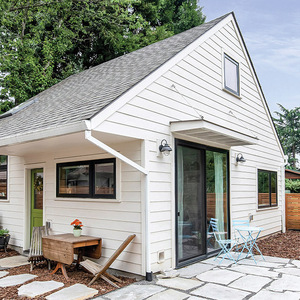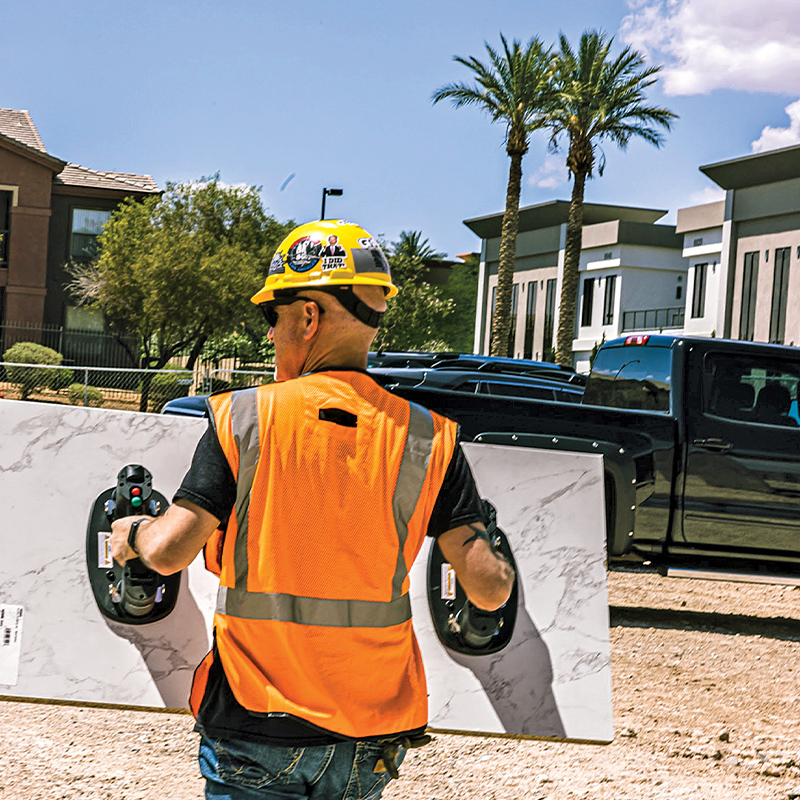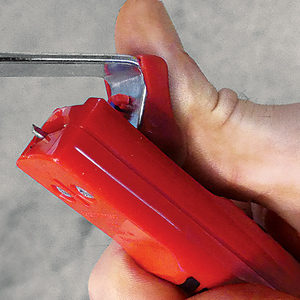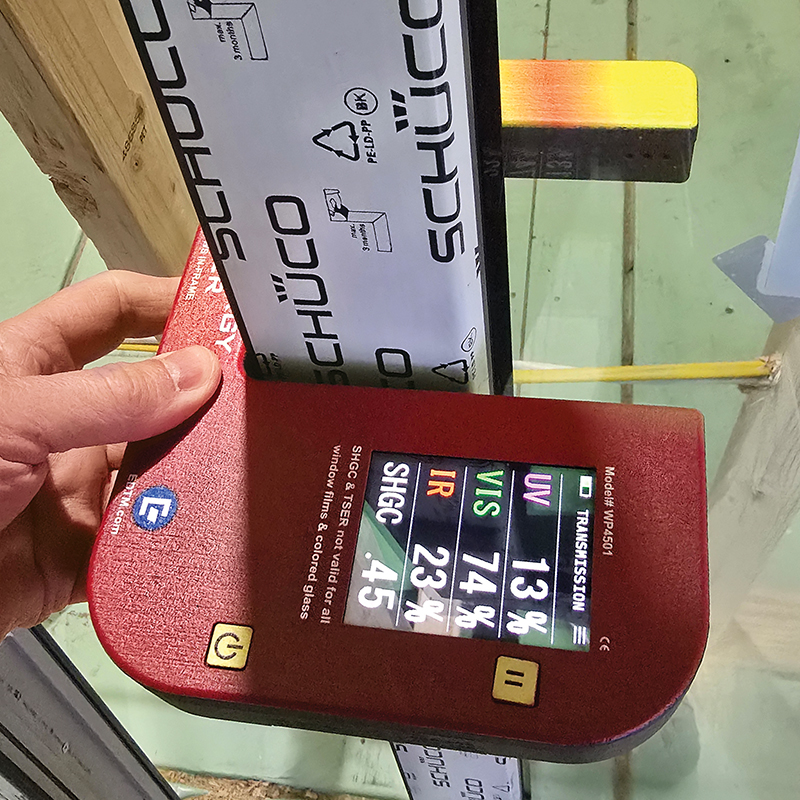No ground connecting disconnect from subpanel
Good Evening. Interesting electrical dilemma. Got a shouse that I am building and it lies between the meter (at the pole) and the site of my future home. The distances are:
1. Disconnect to subpanel in shouse is 240′
2. Shouse subpanel to future house subpanel is 115′
I have buried the 4/0 (two 4/0 and one 2/0) aluminum in pvc conduit to the inside of the crawlspace.
It is now that I have learned that there should be a ground wire connecting the unbonded shouse subpanel to the bonded main disconnect. The disconnect has a 200 amp breaker and a 20 amp hot weathertight GFCI outlet.
After some back and forth with the electrical co-op they arranged a visit from their staking engineer. I asked him if I wasn’t supposed to run 4 wires and he said that sometimes modular homes require that.
SO. Two questions:
1. What is the best way to proceed with the wiring of the shouse subpanel?
2. Considering the work that I have completed, what is the best way to connect 200amp service to a shouse requiring 150 amps max. and also to a future house that will require 150 amps min.?
Just seeing who’s up late on a Sunday night.



















Replies
If you are installing a panel in a separate auxiliary structure that is fed from your main structure panel, then you need to have both a ground wire that runs between them and also the panel in the aux structure needs it's own ground. This is part of the electrical code. I asked about it, and the building dept told me it was to protect both structures in the even of a lightning strike - I don't know if that's the truth, but it's the local answer.
Where I'm at, if you are doing DIY, we have to draw up a simple diagram and get the inspector to buy off on it as part of the permitting process. They can help you do the right thing in your area.
Yep. That pretty much jives with what I have learned. The earth ground protects against lightning strikes and static. The ground that returns to the source protects against electrocution from the source. I believe that without that "source" ground any GFCI outlet or breaker is unable to perform properly.
I am deep in the woods of mid Missouri and the only thing the county requires an inspection on is the septic. Despite that, I would still like to do my wiring to code.
As for the future house I got the best advice from a lady that works a Polk County Electrical business. I would proudly share the name of the company but I am not sure the rules of the forum would allow that. Dana said that I could add a 125 amp feeder breaker to the 200 amp service in the shouse but I would need propane to reduce the demand at the house. Another option would be to add another 200 amp breaker at the main disconnect and run 355' of 250 MCM aluminum uninterrupted to the house. That wire is $5/ft so this would not be cheap. Got the 4/0 for $1.91/ft.
Heading to the co-op tomorrow to pick up the #4 bare ground wire and I will discuss this with them. Then I get to hand dig a 200' trench to bury the ground and conduit in. Yee Haw!
If you have a place you can rent one from nearby, I would highly recommend renting a gasoline powered trench digger. Well worth the cost, I dug a trench to run conduit to my garage by hand and I regretted it!
user-6785380 After digging for a little over an hour with a maddock and spade shovel I got 6' near shouse and 5' near pole. Looked into trenchers but don't think they will work in my soil. 80% rock and 20% clay. I will rent a mini excavator today or tomorrow.
Smart choice. We don't get any younger.
That sounds like much more fun than hand digging! Let me know how it goes, I’ve always been curious about how those machines are to operate and have never had the chance to use one. Good luck to you!
Back in the olden days, you could run a circuit to a separate building without a ground wire, if you treated it like a service entrance at the second building. You had to install a grounding electrode and keep the neutral and ground isolated at the panel. This changed because. there were often the misc. other connections between the buildings such as phone wires. For the sake of keeping all grounds the same, an additional ground wire became code. You should still have a grounding electrode at the second building and separate the ground and neutral at the panel.
GFIC breakers preform perfectly well without a ground source. In fact if you install a three prong outlet on a circuit without a ground a GFIC is required.
As far as wire size goes, conductors are permitted to be wired in parallel so that you can get the same. ampacity out of smaller conductors which are both cheaper and easier to work with. There are certain requirements for the parallel conductors. Here is a calculator that can be used for parallel conductors.
https://www.cerrowire.com/products/resources/tables-calculators/ampacity-calculator/
https://www.ecmag.com/section/codes-standards/conductors-connected-parallel-each-set-must-have-same-electrical